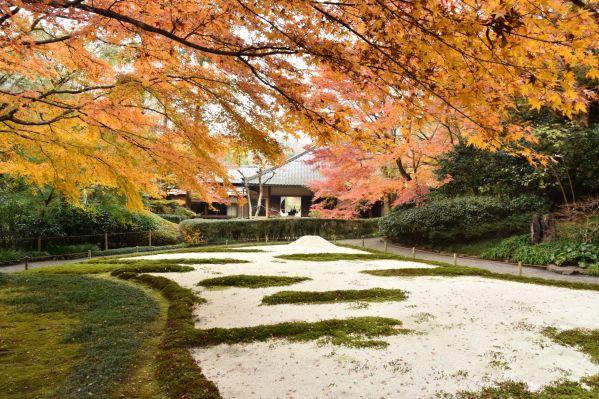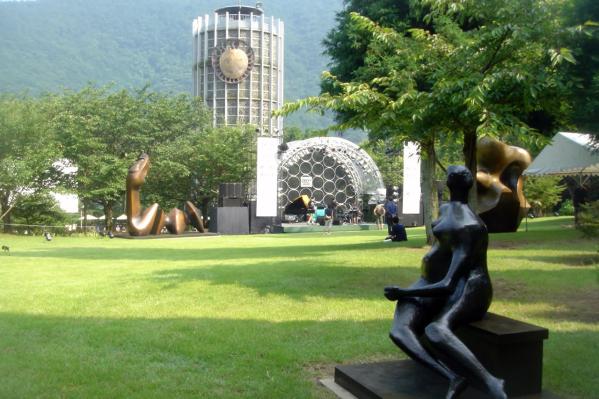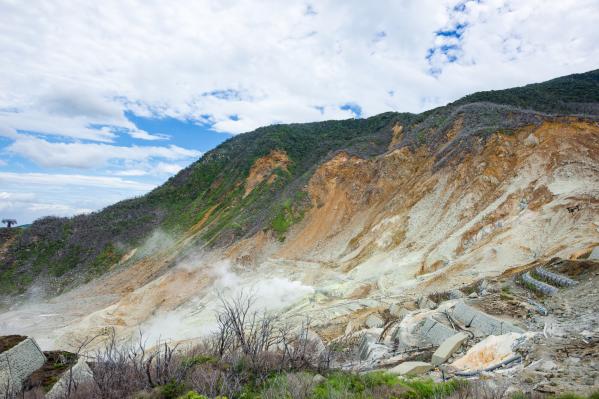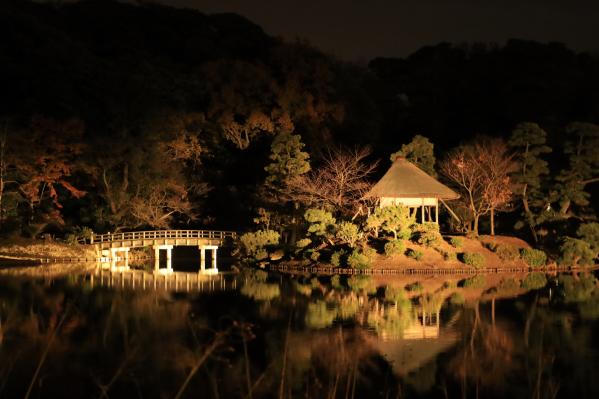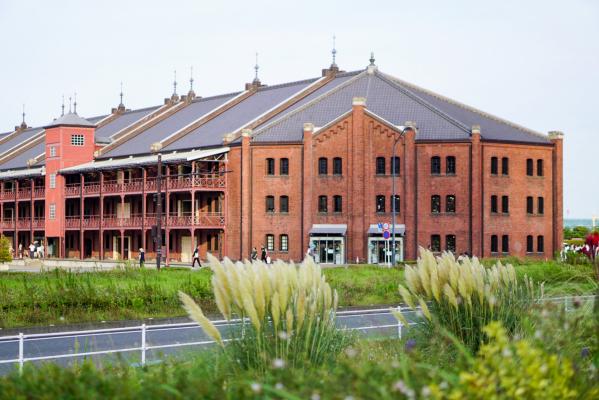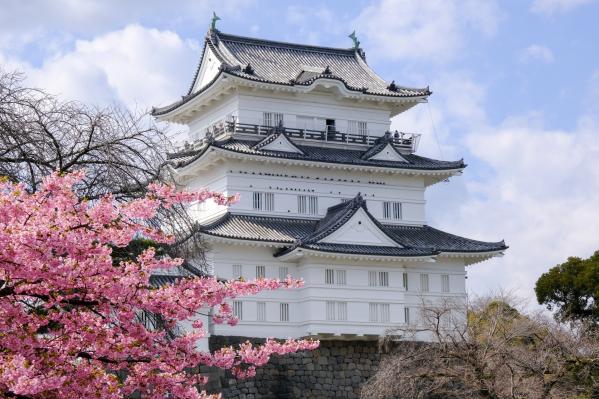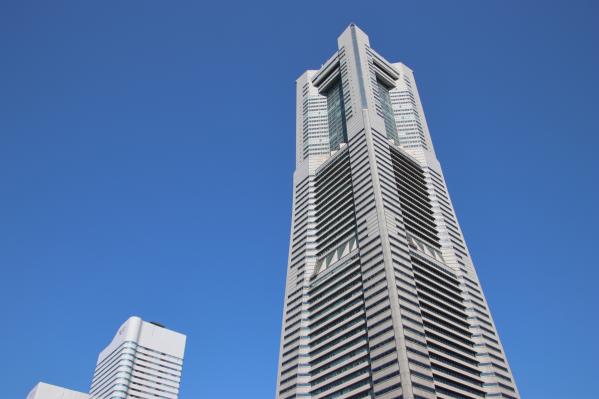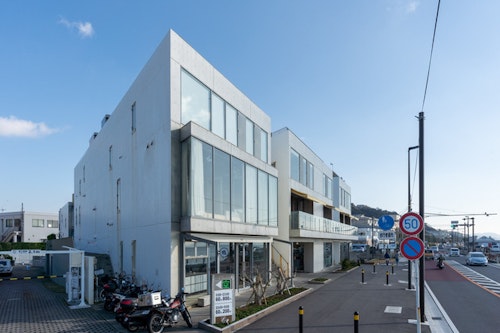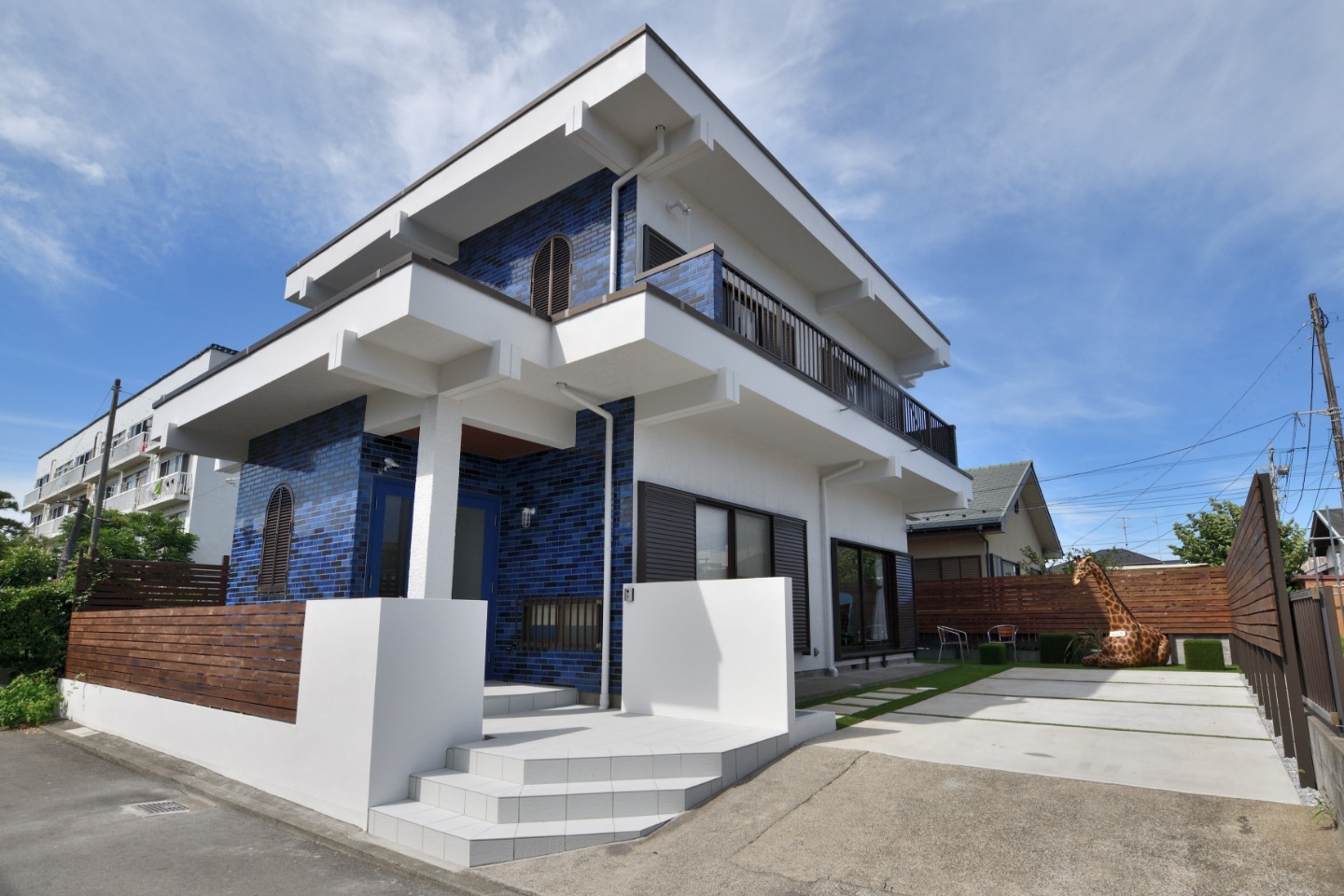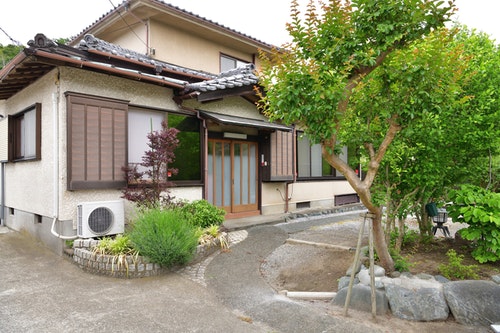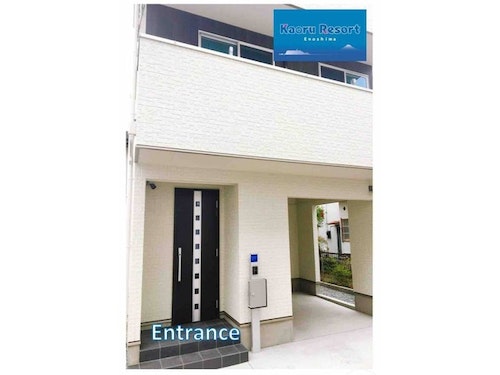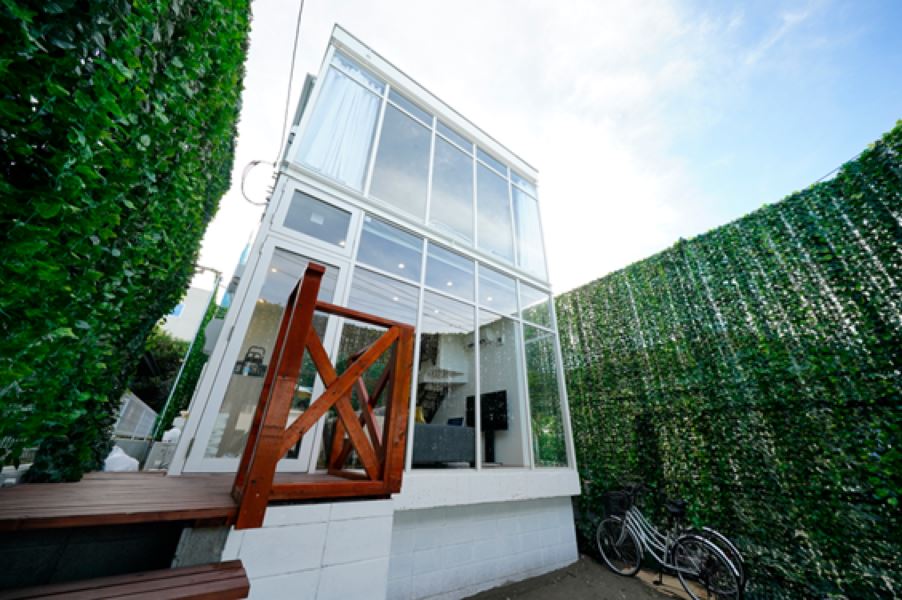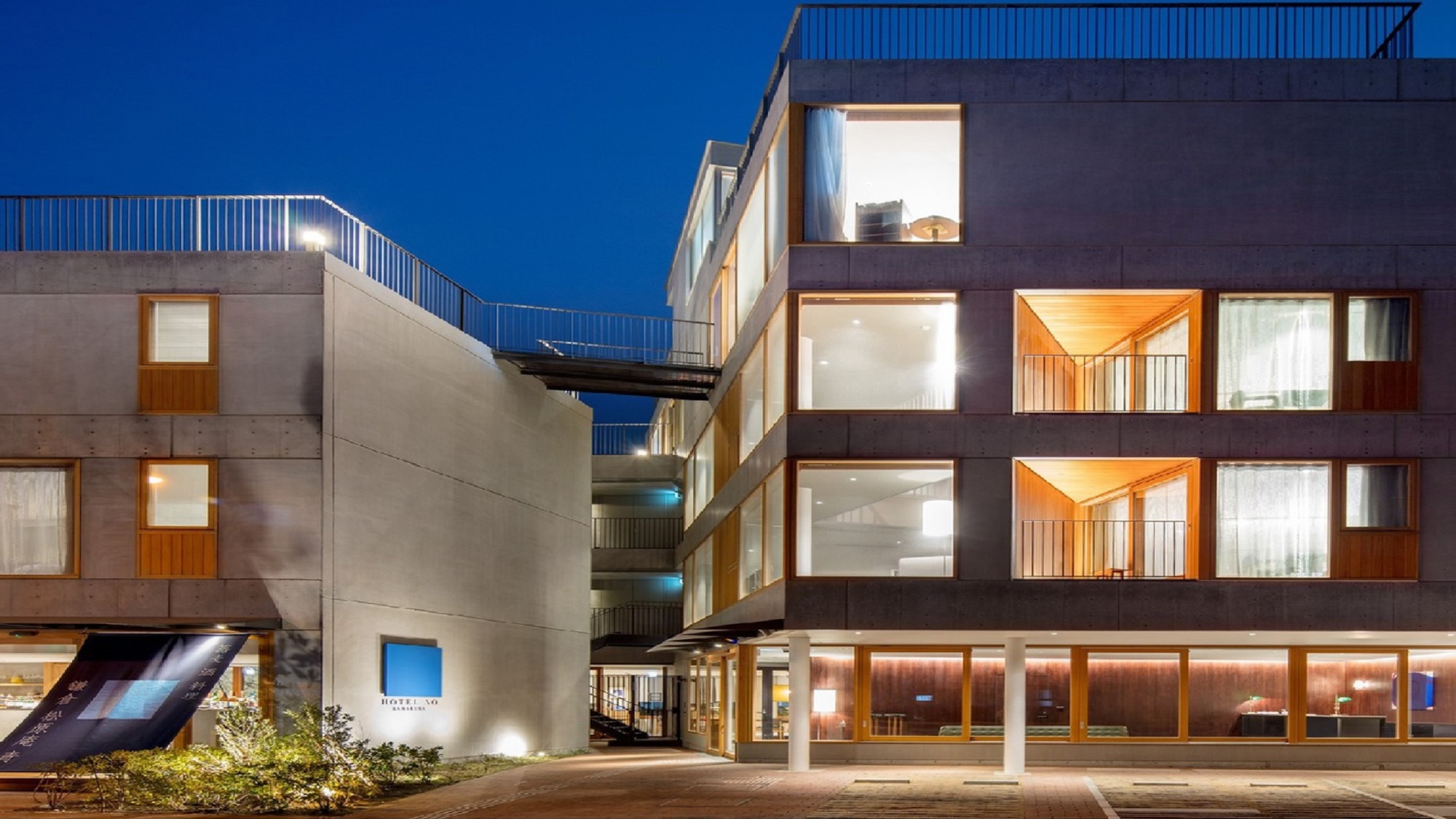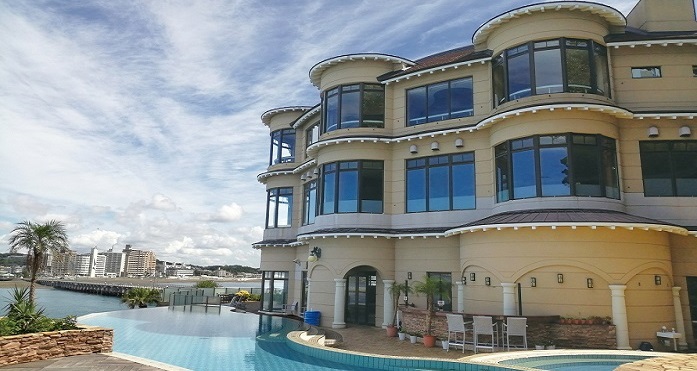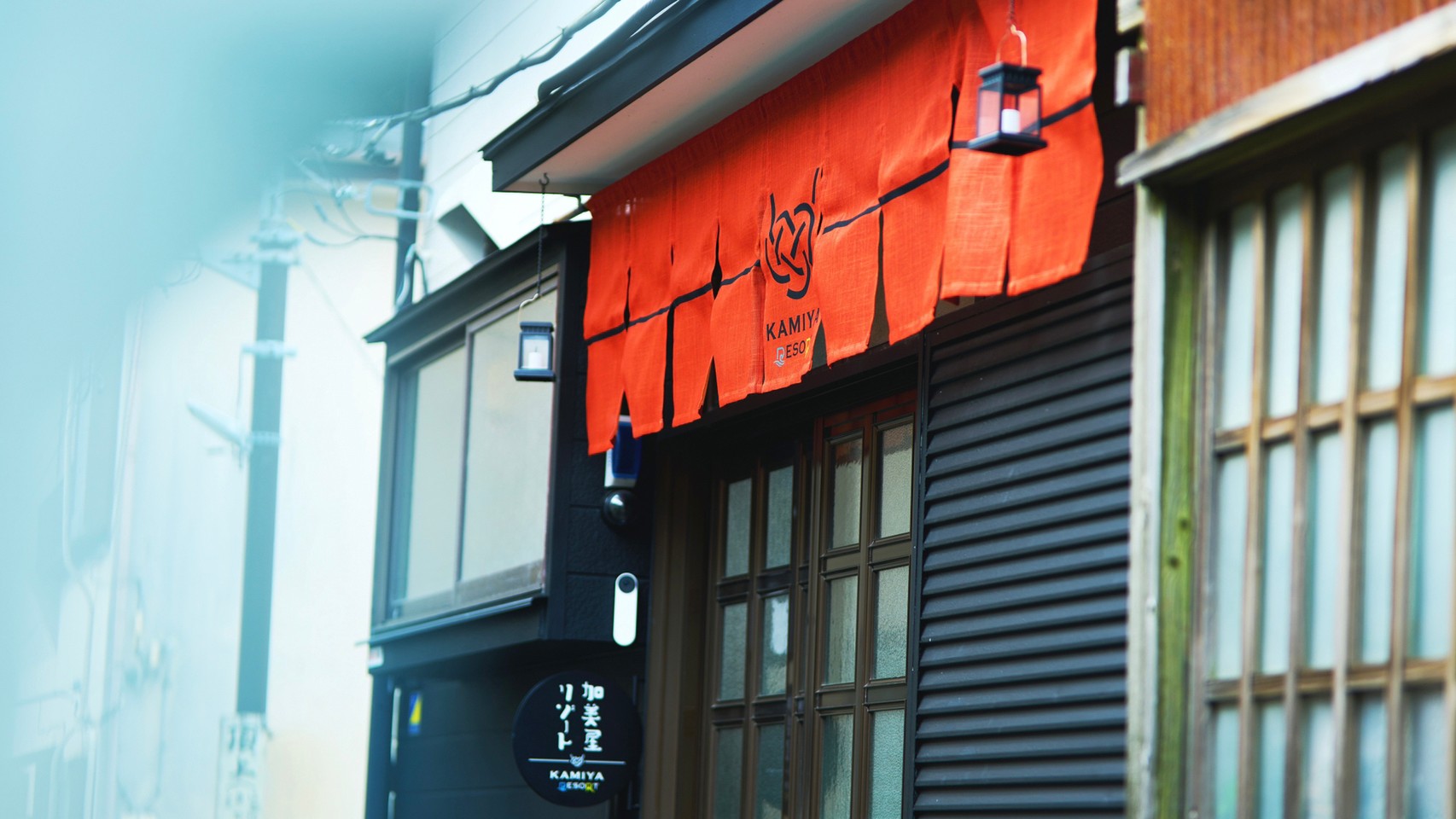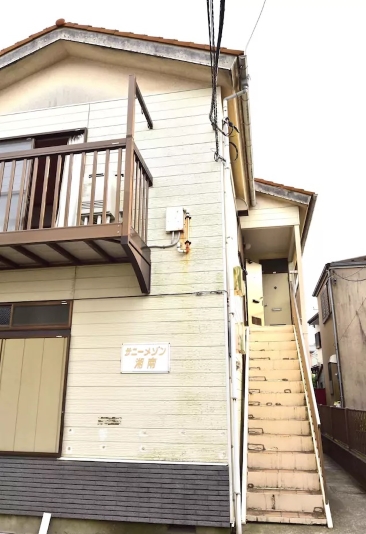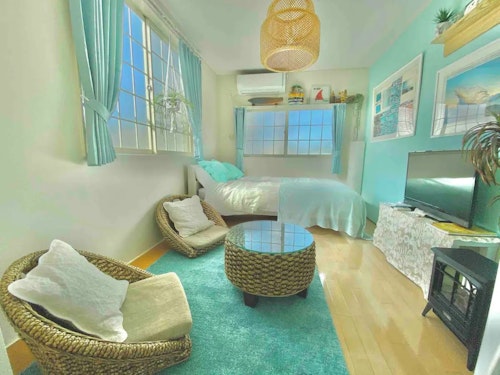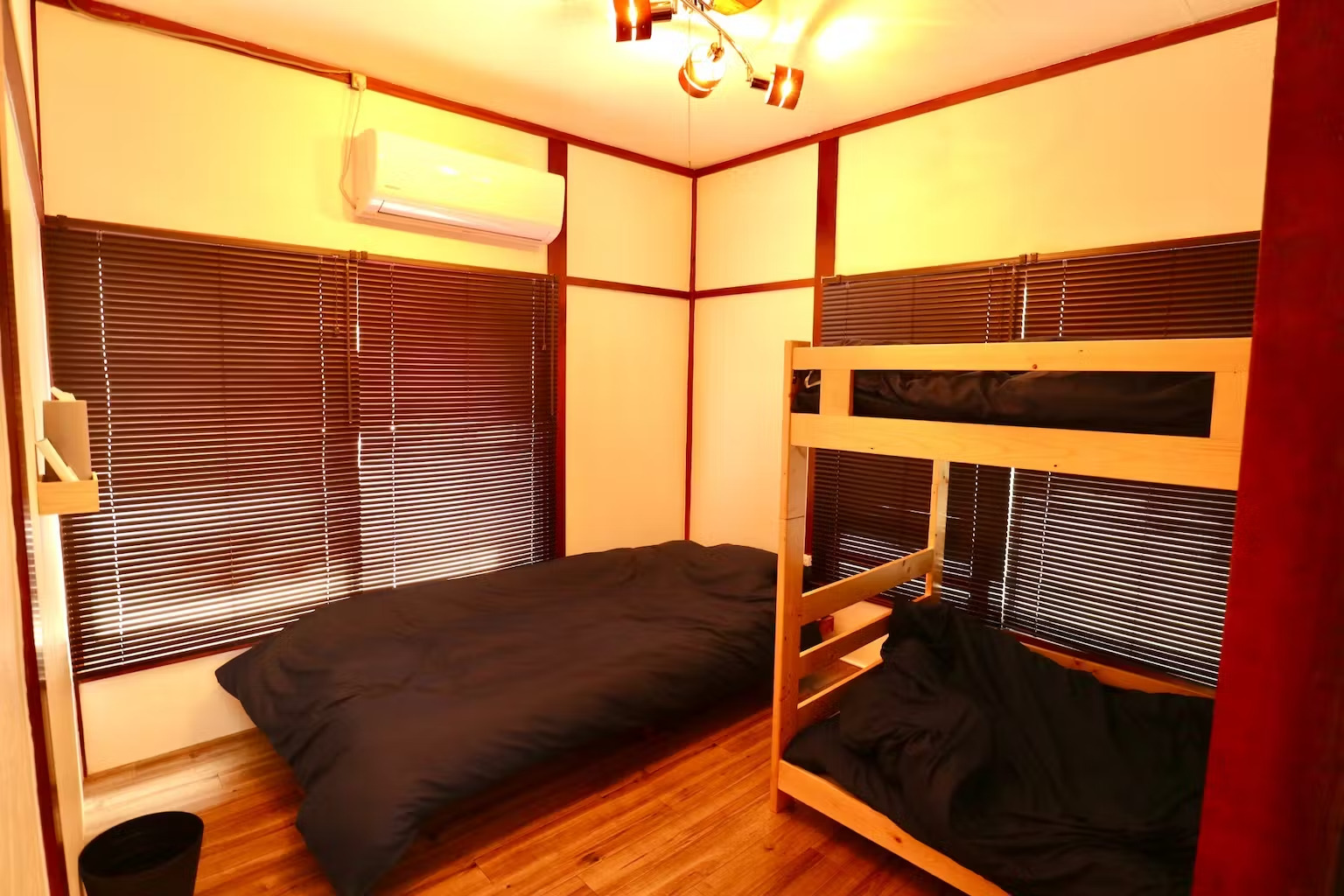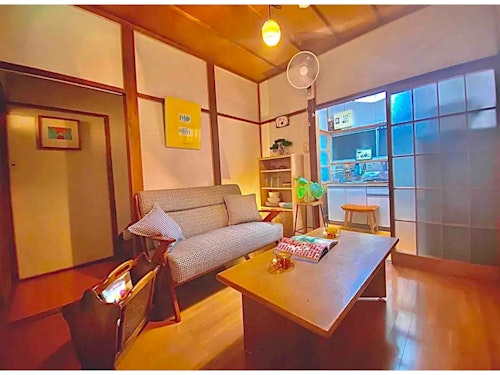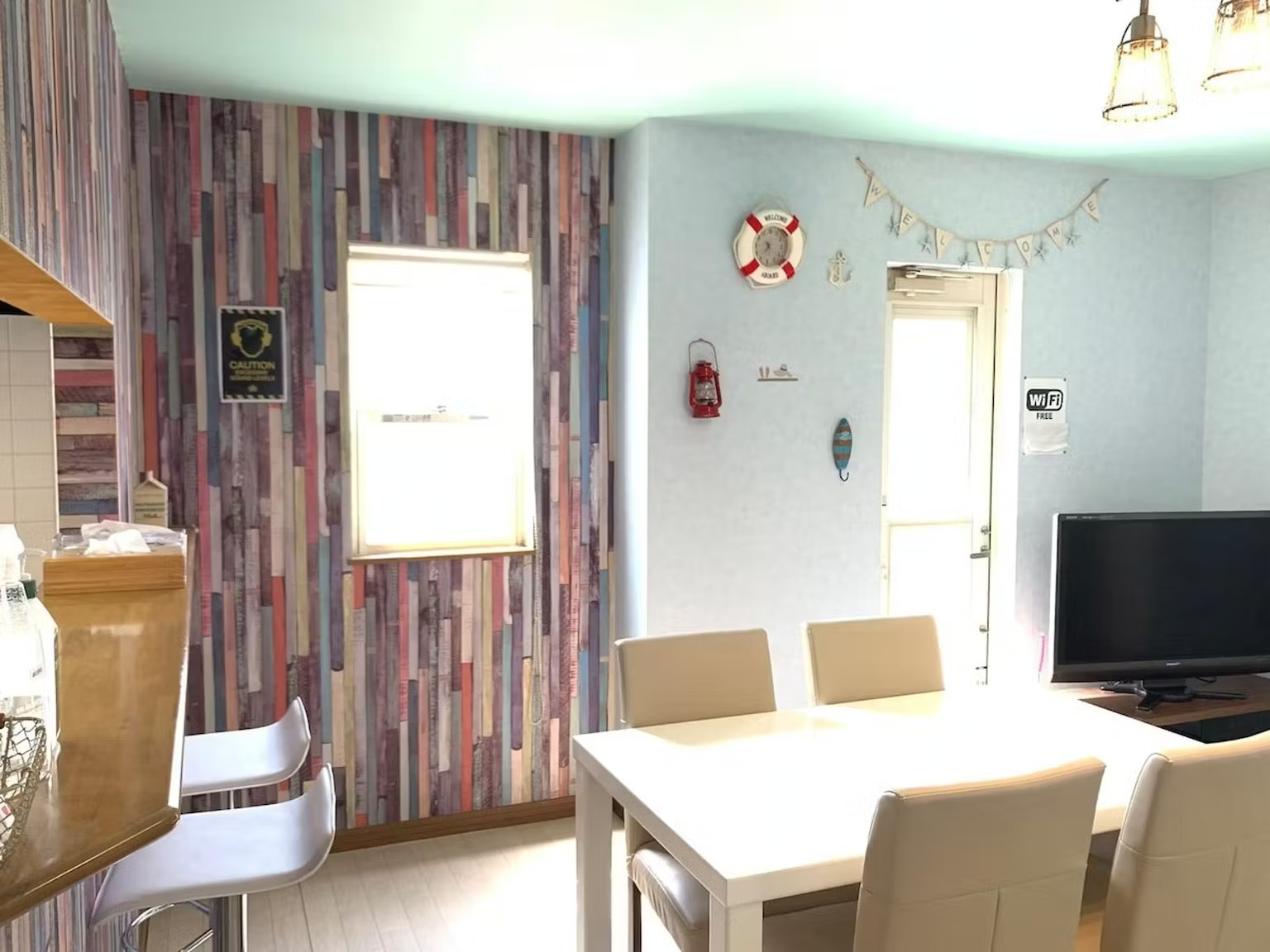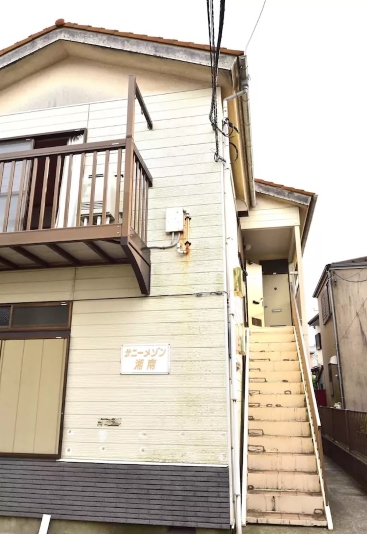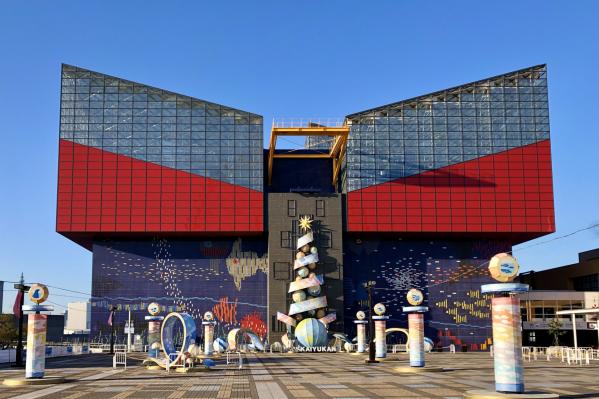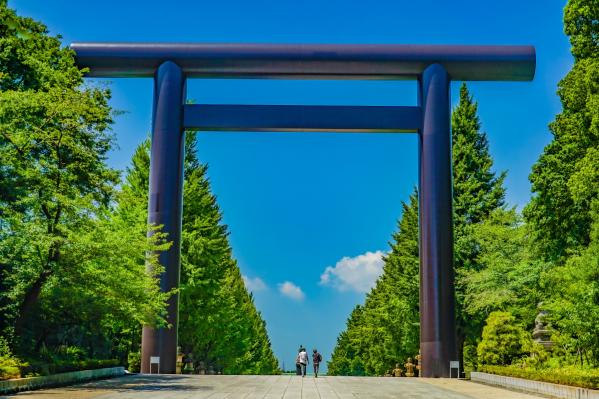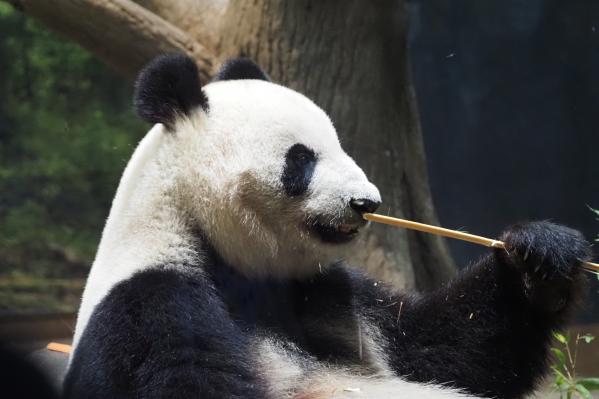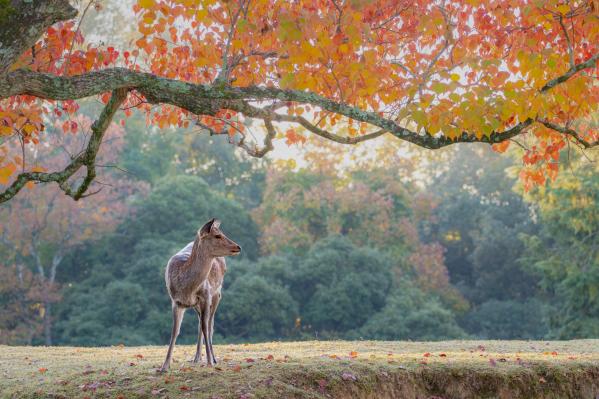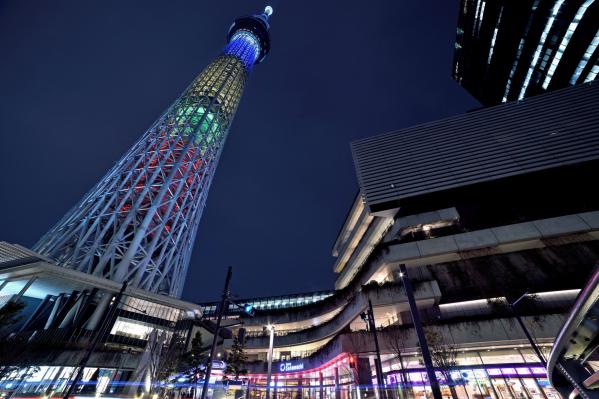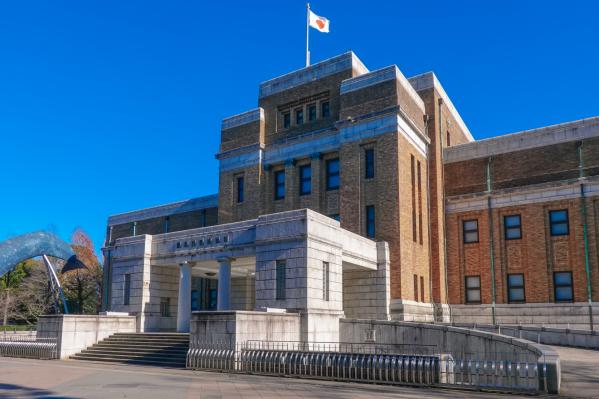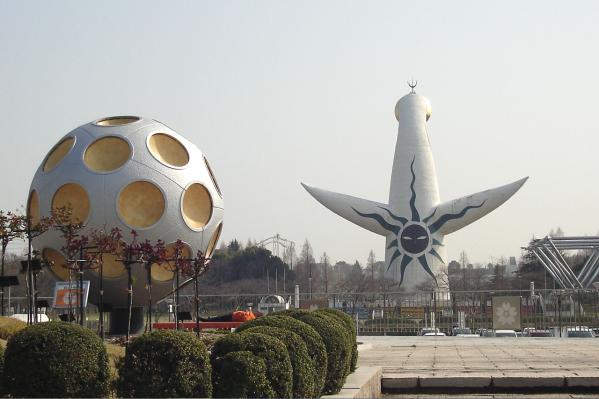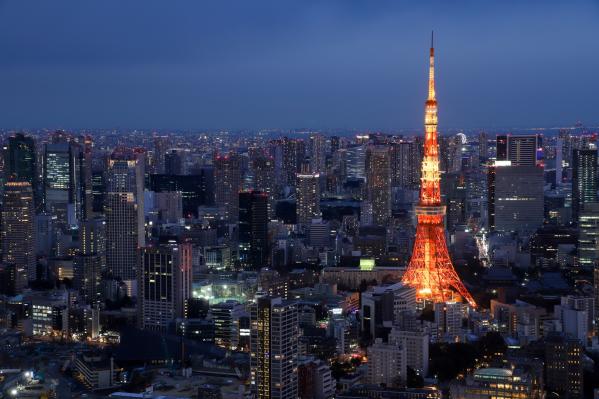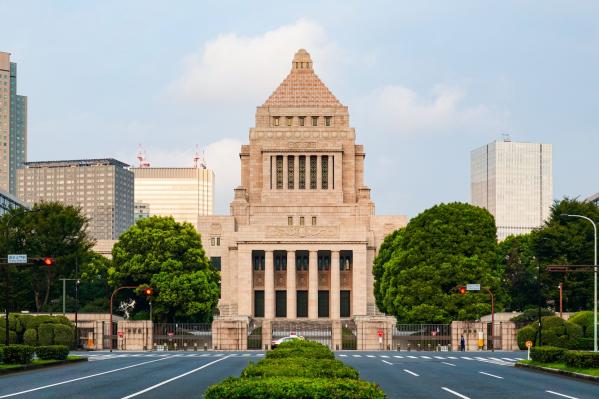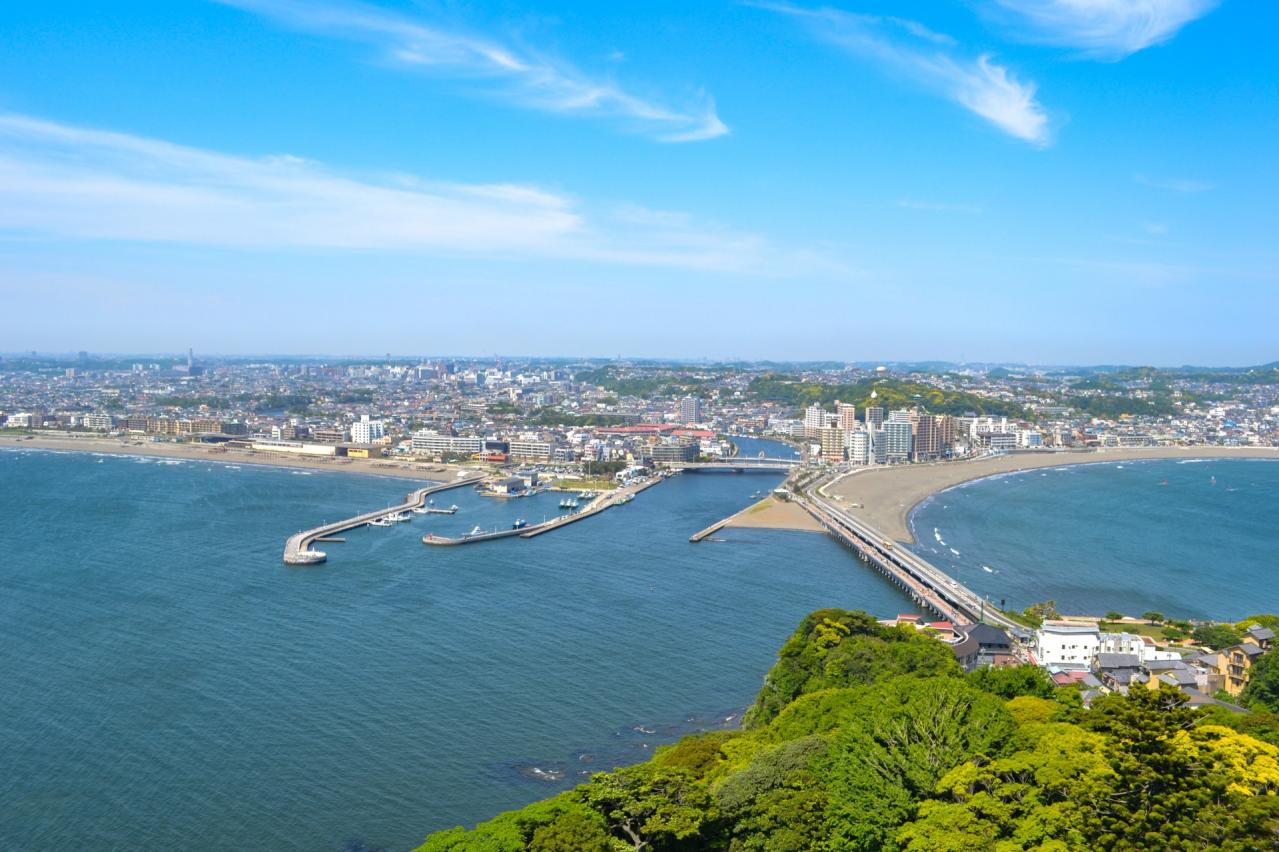
Enoshima Island
Gastronomy is also a highlight. Especially well-known is "namashirasu" (raw juvenile sardines), a local specialty renowned for its freshness and flavor. Dishes like bowls of namashirasu, baked turban shell, and "tako senbei" (octopus crackers) are extremely popular among visiting tourists.
The island hosts a plethora of seasonal events. In summer, events such as the "Yasaka Shrine Tenno Festival," "Enoshima Lanterns," and the "Enoshima Fireworks Festival" attract large crowds. In winter, the "Shonan's Jewels," which has been selected as a Japanese Nightscape Heritage site and one of the Kanto area's top three illuminations, captivates many people.
Additionally, visitors may encounter free-spirited cats and the Formosan rock macaque squirrels spending time in the trees. These animals provide both healing and surprise for tourists. An ancient pilgrimage site, Enoshima has also become home to numerous stylish shops, making it a beloved tourist destination for people of all ages.
Basic Information
- Spot Name
- Enoshima Island
- Location
- Enoshima, Fujisawa City, Kanagawa Prefecture, Japan
- Access
- A 10-minute walk from Katase-Enoshima Station on the Odakyu Enoshima Line.
- Parking
- Parking available
- Business Hours
- No information available.
- Contact Information
- Phone Number: 0466-22-4141 藤沢市観光センター
- Official Website
Map
Detailed Information
Enoshima is a beautiful island located in Fujisawa City, Kanagawa Prefecture. Its mystical atmosphere and rich nature make it a popular spot for tourists. The island features beautiful sandy beaches, scenic landscapes, and temples that evoke ancient history and culture. Visitors can enjoy stunning views from the Enoshima Aquarium and the observation deck, while delicious seafood and souvenirs are available around the island. A visit to Enoshima allows you to relax and enjoy its charming tourist attractions.
▸Enoshima Sea Candle (Observation Lighthouse)
The observation lighthouse located within the Enoshima Samuel Cocking Garden was renewed in 2003, the same year as the garden. It stands at a height of 59.8 meters (119.6 meters above sea level) including the lightning rod, and its innovative design has become a new symbol of Enoshima. At 41.75 meters (101.56 meters above sea level), there is a glass-enclosed observation floor, and above that, an outdoor observation deck where you can enjoy wide views of Mount Fuji and the Tanzawa mountains. The first floor features an entrance, a café, and a local history museum.
▸Enoshima Benzaiten Nakamise Street
This historic shopping street runs from the entrance of Enoshima to Enoshima Shrine. It is lined with inns, restaurants, and souvenir shops, bustling with many tourists.
▸Enoshima Shrine Nakatsumiya
This ancient vermillion-painted shrine stands halfway up the island and is said to have been founded by the monk Jikaku Daishi in the year 853. The current building, built in the gongen-zukuri style, was reconstructed in 1689 and underwent major renovations in 1996, making its vermillion color even more vibrant. Within the grounds, stone lanterns donated by entertainers and merchants from the Edo period line the path, reflecting the flourishing visits to Enoshima during that time.
▸Enoshima Shrine Okutsumiya
The hall, reconstructed in 1842, features a new hall built in 1976, with the ceiling adorned with the "Kame no Hakkou Nirami" (Turtle with Eight-Faced Glance). The original painting by Edo period artist Sakai Hoitsu has suffered significant damage due to the passage of time and sea breeze and is preserved in the treasure house of Enoshima Shrine. The stone torii gate is said to have been donated by Minamoto no Yoritomo in 1182.
▸Enoshima Shrine Hetsumiya
Founded in 1206 by Minamoto no Sanetomo to pray for the prosperity of the Kamakura shogunate, the current building was rebuilt in 1675 and renovated in 1976. In front of the main hall, there is a money-washing spot for the dragon of Enoshima Benzaiten, derived from the "Legend of the Celestial Maiden and the Five-Headed Dragon." Most of the shrine's rituals are performed at this hall.
▸Chigo-ga-buchi
Located at the southwestern tip of the island, this marine terrace was formed by uplift phenomena around the Iwaya caves. Situated directly under cliffs resembling a folding screen, it is known for the beauty of waves crashing and breaking and sunsets sinking behind Mount Fuji, and it is selected as one of the "50 Scenic Spots of Kanagawa." It is also famous for fishing, especially during holidays, when it becomes lively with many fishermen. The name Chigo-ga-buchi is said to have come from a legend that a young boy named Shiragiku threw himself into the sea from here.
▸Shonan Port Enoshima Yacht Harbor
Constructed in 1964 as Japan's first competitive harbor for the Tokyo Olympics, it was recently used as the sailing competition venue for the Tokyo 2020 Olympic Games, featuring memorable races. In addition to the main yacht house, there's a cruiser's docking area and a dinghy storage area, attracting many yacht enthusiasts. The general public can stroll along the center promenade next to these facilities, climb up to Sazae Island, or enjoy tidal play in the tide pools.
▸Lovers' Hill Ryuu no Koi Bell
Inspired by the love story of "The Celestial Maiden and the Five-Headed Dragon" preserved in Enoshima, many young people and couples visit to ring the bell, hoping to connect with the legend. Additionally, numerous padlocks placed by lovers adorn the fence beneath the bell, and the view is stunning, allowing for a clear sight of Izu Oshima Island on sunny days.
#Superb view/Scenic spot #Townscape/Bikan Historical Quarter #Shrine/Temple
Enoshima Island Movies
Kanagawa Tourist Attractions
View ListMeigetsuin
Meigetsu-in is a temple of the Rinzai sect of Kencho-ji located in Kamakura, enshrining a seated statue of Kannon, the Bodhisattva of Mercy. In June, approximately 2...
The Hakone Open-Air Museum
The Hakone Open-Air Museum was established in 1969 by the Fujisankei Group as Japan's first outdoor art museum. Spanning approximately 70,000 square meters, the spac...
Yamashita Park
Yamashita Park opened in 1930 as part of the reconstruction efforts following the Great Kanto Earthquake in Yokohama. This park is known for its beautiful views of t...
Yokohama Red Brick Warehouse
Yokohama Red Brick Warehouse is a representative tourist spot in Yokohama that utilizes historical brick buildings constructed between the late Meiji period and the ...
Odawara Castle
Odawara Castle was built in the mid-15th century by the Omori clan and became the中心 of Kanto domination during the Sengoku period as the stronghold of the Hojo cla...
Yokohama Landmark Tower
Yokohama Landmark Tower is a representative skyscraper of Yokohama, standing at a height of 296 meters with 70 floors above ground, and it is an iconic landmark of t...








